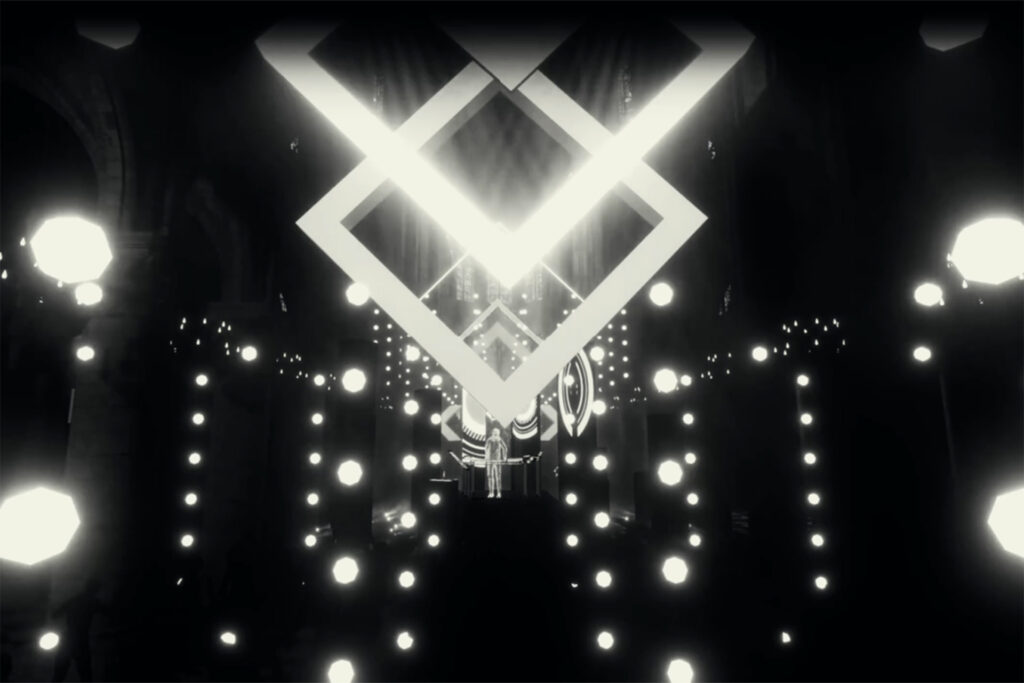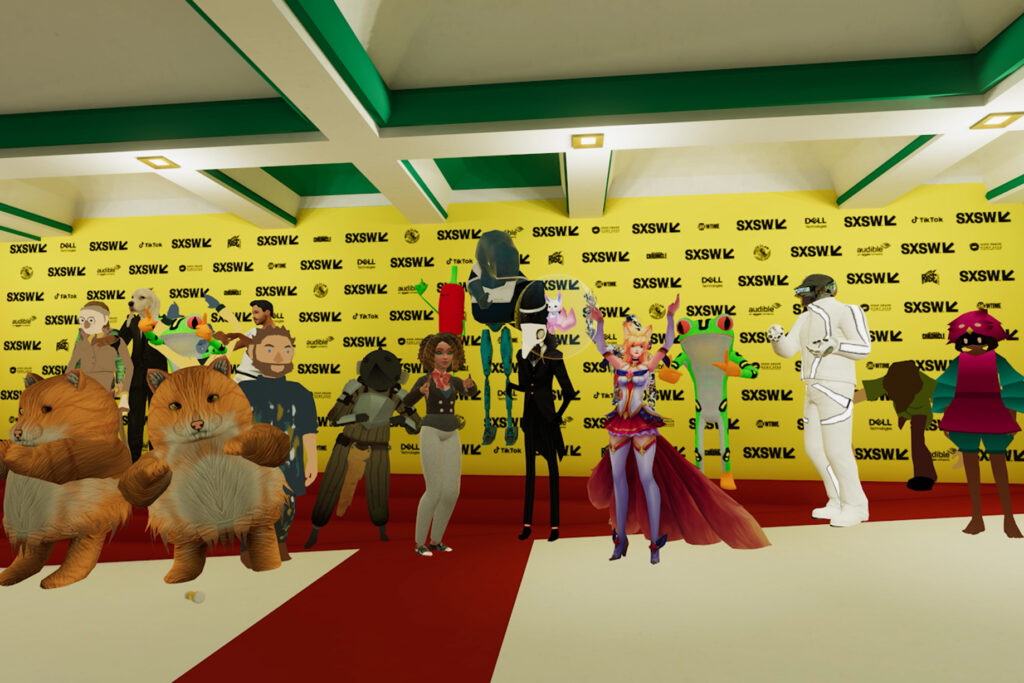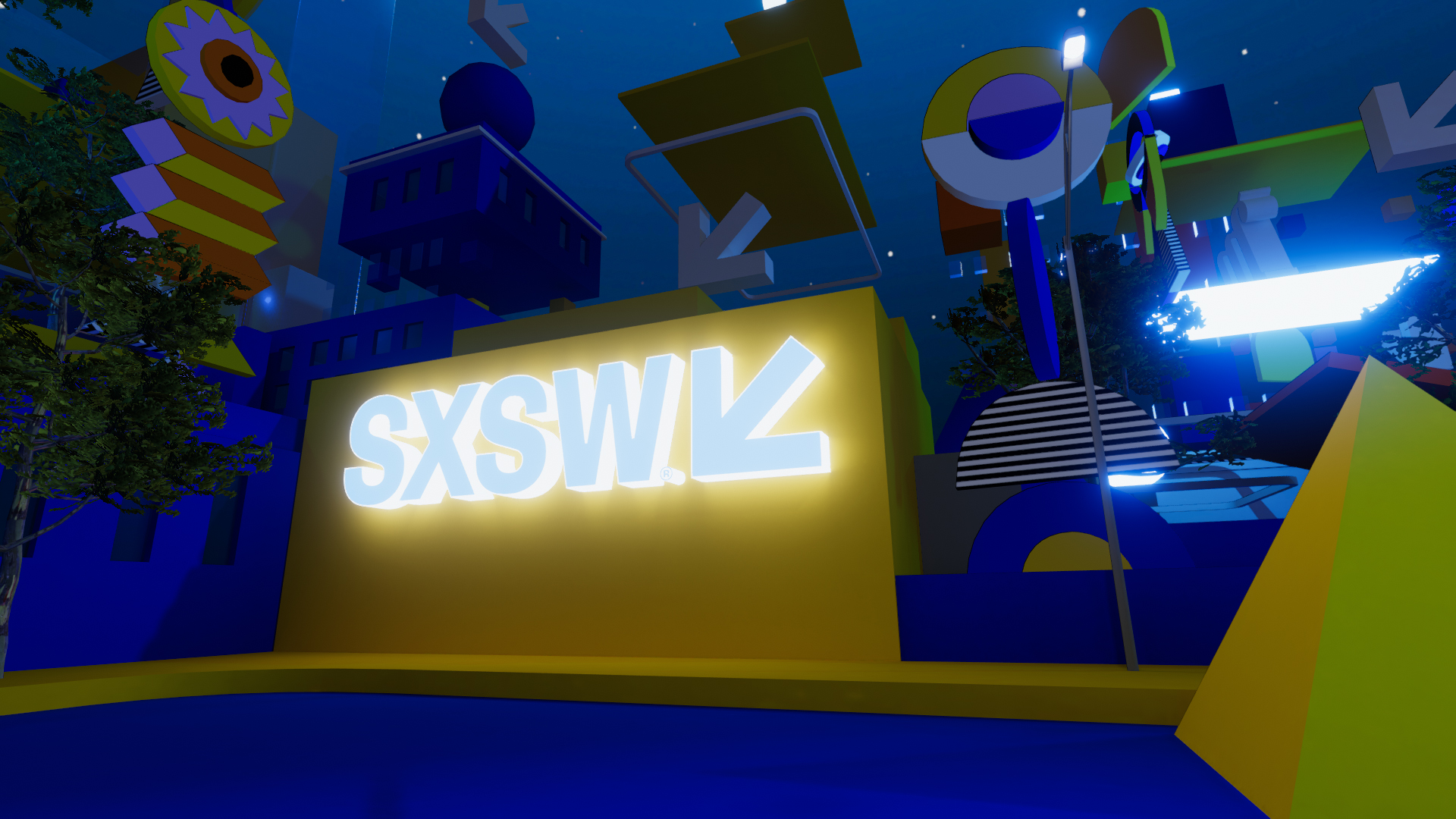Alessia Clusini is a data strategist and the Founder of Trybes Agency, a consumer research agency that has figured out a way to debunk the complexity of transformative experiences, measure their impact and replicate it. She is also a Co-Founder of the WXO. This year, she went to SXSW virtually. For the WXO, she has filtered all that she saw and heard and distilled it down into seven key lessons.
Alessia sets the scene and gives lesson number 1 in this first instalment… and you can now read part 2 here and part 3 here.
DO YOU REMEMBER THE FIRST TIME you kissed somebody? The first day of school? Or beginning the job you always wanted? Going back home with your first child?
First times are always a bit scrappy, thrilling and remarkable: we go naively towards the unknown, try our best, and make history.
This is what an SXSW veteran wrote in the event’s forum: hey folks, we are making history! This comment was so on point that it stole the scene to all the SXSW attendees’ help requests. After all, it was the first digital edition of possibly the most inspiring mainstream festival.
So here we were: at the crossroad of creativity, tech and culture, after a year of Pandemic loneliness and Zoom fatigue, we, the attendees of SXSW Online, were entering an ambitious first edition that promised to bring everything to everybody, everywhere: from cinema, music and ideas to networking opportunities and even Austin venues and vibes.
Did SXSW 2021 make it? Did they deliver what they promised on the ticket?
Well, yes and no, but it was by far the most mind-blowing festival to fully experience online since the beginning of this New Normal.
So at WXO, we thought it’d be cool to share the lessons with our fantastic community.
Specifically, I’m going to answer the crucial question: What – ideas, insights, methods – could an experience designer, stager or buyer (events managers and founders, I’m talking to you!) take from SXSW Online that would help them create a better experience?
To do that, I’ve involved a bunch of attendees coming from different backgrounds: from a big event manager to marketing executives, UX experts, techies and also a couple of artists.
Without further ado…
- Augment the physical, don’t substitute it
- Make the most of online to connect audiences with the best content and people
- Make the most of online to open up access
- Use tech to unlock the power of your community
- Blur the line between audience and speakers
- Growth opportunities for the events industry
- The need for an overarching UX vision
Lesson 1: Augment the physical, don’t substitute it

2021. As we’ve moved the majority of our lives online, we’re learning – the hard way – the weaknesses of the virtual dimension while trying to do things the way we’re used to. This also applies to the experience industry: we constantly wonder how to recreate the magic of physical happenings, don’t we. But, I’d argue, there are things that we miss about physical events and experiences… and things that we don’t.
Do you remember the awkwardness and discomfort of feeling out of place in rooms full of people where you don’t know anybody? Trying to network with random attendees? Nodding on topics you don’t know anything about? Sipping your drink while listening to a group conversation and hoping to find a way to say something not too dumb or politely leave?
Yeah, exactly. Who misses that. Who needs it.
Yet, we certainly miss the serendipity, vibes and the magic of physical happenings.
Meanwhile, during COVID time, we tried out many hacks and benefits thanks to the online dimension and the coming metaverse. And this process is quite transformative: once we learn how to improve our lives, there’s no way back. We can only go further.
Thus, hear me out on SXSW online lesson number one.
The biggest limit of most online events is the mimic of the offline. I call this phenomenon the ‘band-aid syndrome’.
I thought of this at first while talking with Blake Kammerdiener, XR and Film Programmer leading all of SXSW efforts in XR. He explained what was behind the festival immersive world, SXSW XR, and the mentality they took from the very beginning: we didn’t just want a band-aid when we were looking at what we were going to do.
And so it went. In the SXSW extended reality, we experienced things that were not possible IRL:
- We entered an immersive, multi-dimensional sculpture.
- We visited one of the first crypto art galleries in the world with friends on the other side of the ocean.
- We circumnavigated the Austin venues with drones.
- We joined a costume contest where we could be – literally – whoever we wanted to be, from a cat to a robot and everything in between.
Thanks to Blake’s team creativity and attention to detail,
we felt limitless in ways that the SXSW physical event couldn’t make us feel.
So here is the basic yet crucial insight: instead of trying to replicate the in-person experience, we should focus on the things that the offline dimension cannot offer.
I’ll tell you more: we should bank on the differences of both dimensions, the online and the offline, while designing the next experience or event.

The event manager that I’ve interviewed confirmed to have learnt this lesson first hand at SXSW. She said that the SXSW Online shouldn’t go away as it has its own potential – that the physical one doesn’t reach. She recommends approaching the SXSW Online not as a substitute but, instead, as something that potentiates the offline event.
So I guess the challenge for all of you, experience designers, is: can we use an online layer to solve some offline events typical problems, such as the stress of meeting with random strangers and having no interest in talking with them? Can we make networking a bit more intentional, for example?
This leads to the next lesson…
Read part 2 of Alessia’s brilliant report on SXSW here now – and the final part here.
Don’t miss the next instalment! Sign up to the WXO newsletter (in the box below) and we’ll let you know when we drop the next part of Alessia’s report.





